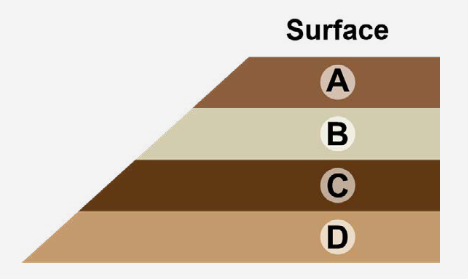Understanding the evidence for evolution involves exploring the concept of common descent, which posits that species share common ancestors. A key method scientists use to determine shared ancestry is through the study of homology. Homology refers to traits that exhibit similar underlying structures across different species, indicating a common evolutionary origin.
For instance, examining the upper limb bones of tetrapods—organisms with backbones that live on land, including reptiles, amphibians, birds, and mammals—reveals striking similarities despite their diverse functions. Consider the limb structures of a whale, frog, horse, lion, human, and bird. Although these animals utilize their limbs in vastly different ways, their bone structures are remarkably alike. Each limb begins with a large bone known as the humerus, followed by two parallel bones, the radius and ulna. Even in species like horses and frogs, which may appear to have a single bone, this bone originates from the fusion of two bones during development.
This shared bone structure suggests that these organisms inherited it from a common ancestor, supporting the idea of descent with modification. Evolution does not create entirely new body plans but rather modifies existing structures, leading to variations that become more or less common over time. This principle of homology is crucial for understanding evolutionary relationships across large groups of organisms.
In contrast, the concept of analogy refers to functionally similar traits that arise from different evolutionary origins. For example, wings in bees, birds, and bats serve similar functions but have distinct structural differences, indicating that their common ancestor did not possess wings. This distinction is vital, as relying on analogy can lead to misconceptions about evolutionary relationships.
To remember these concepts, note that "homo" in homology derives from Greek, meaning "the same," highlighting the shared structures among different organisms due to common ancestry. Conversely, "ana" in analogy means "again," referring to traits that have evolved independently in different lineages. Understanding these terms and their implications is essential for grasping the complexities of evolutionary biology.

